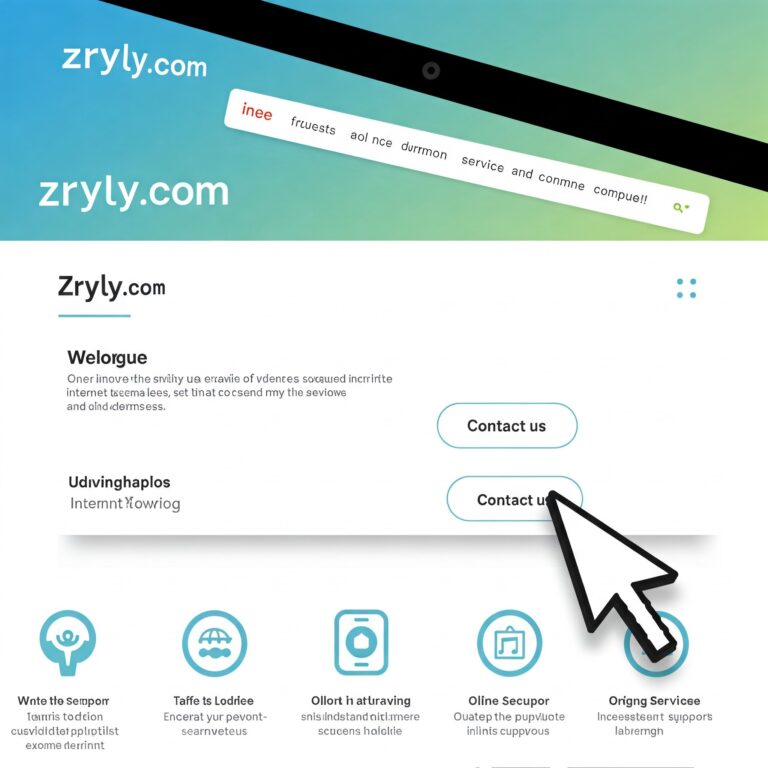
programmatic ssp
What is a Programmatic SSP?
A Programmatic SSP (Supply-Side Platform) is a technological framework that enables publishers to automate the selling of their digital ad inventory in real-time. It connects publishers with multiple demand sources, including ad exchanges, demand-side platforms (DSPs), and ad networks, facilitating competition for impressions and ultimately maximizing revenue.
By leveraging real-time bidding (RTB) protocols, an SSP ensures that each impression is sold to the highest bidder, thereby increasing the monetization potential of web or app-based content. It also offers detailed analytics, targeting tools, and brand safety controls that give publishers comprehensive command over who can advertise on their platforms.
How Programmatic SSPs Revolutionize Monetization
Modern advertising thrives on automation, and SSPs are at the heart of this transformation. Unlike traditional direct deals that are labor-intensive and time-consuming, programmatic SSPs streamline the ad buying process, making it possible for thousands of advertisers to bid on available impressions simultaneously.
Here’s how they deliver unparalleled efficiency:
-
Dynamic Pricing: Real-time auctions ensure every ad impression is sold at its maximum market value.
-
Increased Fill Rates: SSPs tap into multiple DSPs and exchanges, increasing the likelihood of ad inventory being filled.
-
Global Reach: With integrations across various demand sources, publishers can attract international advertisers.
-
Data-Driven Decisions: Detailed insights into user demographics, geolocation, and behavior allow for hyper-targeted advertising.
Key Features of an Advanced Programmatic SSP
To be competitive in today’s ecosystem, a programmatic SSP must provide the following robust functionalities:
1. Header Bidding Integration
Header bidding is a technique where multiple DSPs bid on inventory before the ad server makes a call. A powerful SSP supports client-side and server-side header bidding, increasing competition and boosting yield.
2. Advanced Reporting & Analytics
Publishers must have access to real-time dashboards and granular performance metrics. A modern SSP delivers:
-
Revenue per mille (RPM)
-
Cost per mille (CPM)
-
Viewability rates
-
Fill rates
-
Bid landscape analysis
3. Ad Quality & Brand Safety Controls
SSPs should allow publishers to:
-
Filter out malvertising and low-quality ads
-
Whitelist or blacklist specific advertisers and ad categories
-
Integrate with third-party verification services like IAS, MOAT, or DoubleVerify
4. Rich Media & Video Ad Support
A top-tier SSP accommodates multiple ad formats including:
-
Display (banner, native)
-
Video (in-stream, out-stream, reward-based)
-
Rich media and interactive creatives
This ensures advertisers can engage users more effectively, translating into higher revenues for publishers.
The Role of Machine Learning in SSPs
Artificial intelligence and machine learning are playing an increasing role in optimizing SSP performance. These technologies enable:
-
Predictive Bidding: Anticipate high-value impressions before they go to auction.
-
User Profiling: Segment audiences based on behavioral patterns for better targeting.
-
Anomaly Detection: Spot unusual traffic patterns that may indicate fraud.
By integrating machine learning models, SSPs can optimize yield in real-time, ensuring publishers are constantly earning top dollar for their inventory.
Benefits of Using a Programmatic SSP for Publishers
1. Revenue Optimization
By exposing inventory to multiple buyers at once, SSPs drive up competition and improve CPMs, ultimately leading to increased ad revenue.
2. Inventory Control
Publishers maintain full control over:
-
What inventory is made available
-
Who is allowed to bid
-
The floor prices set per inventory segment
3. Operational Efficiency
Programmatic SSPs reduce manual workflows, enabling smaller teams to manage complex ad operations with minimal resources.
4. Transparency
SSPs provide full transparency into:
-
Bidding behavior
-
Revenue share
-
Advertiser identity
This transparency builds trust and long-term relationships between SSPs and publishers.
Choosing the Right Programmatic SSP
With hundreds of providers in the market, selecting the right SSP can be daunting. Key considerations include:
-
Integration Options: Does the SSP offer seamless integration with major ad servers like Google Ad Manager?
-
Demand Partnerships: Is the SSP connected to a wide network of high-quality DSPs and advertisers?
-
Customer Support: Is there access to a dedicated account manager and 24/7 technical support?
-
Reputation & Trust: How established is the SSP in the market, and what are other publishers saying?
Top-performing SSPs include Magnite, PubMatic, OpenX, and Index Exchange, each with their own strengths in inventory handling, regional coverage, and support.
Programmatic SSPs vs Ad Exchanges
Although both serve as intermediaries between buyers and sellers, SSPs offer more advanced tools and deeper publisher-focused features than traditional ad exchanges.
| Feature | SSP | Ad Exchange |
|---|---|---|
| Focus | Publisher-focused | Neutral (buyer/seller) |
| Header Bidding | Fully supported | Rarely supported |
| Ad Quality Control | Comprehensive | Limited |
| Reporting | In-depth | Basic |
| Customization | Highly customizable | Fixed framework |
Publishers looking to maximize monetization and control over their inventory will find SSPs to be the superior option.
The Future of Programmatic SSPs
The future of programmatic SSPs is being shaped by three emerging trends:
1. Unified Auction Models
Instead of waterfall bidding or first-look deals, SSPs are moving toward unified auctions, where all demand sources compete in a fair, transparent environment.
2. Contextual Targeting
With cookies phasing out, SSPs are developing contextual ad targeting capabilities, analyzing page content to match ads without relying on user data.
3. Sustainability in Ad Tech
Eco-conscious SSPs are emerging that reduce the carbon footprint of digital ads through green hosting and energy-efficient data processing, aligning with global sustainability goals.
Conclusion
A Programmatic SSP is no longer optional—it is essential for any publisher aiming to maximize ad revenue, streamline operations, and gain access to global advertisers. With the evolution of machine learning, header bidding, and contextual targeting, the SSP market continues to innovate at a rapid pace.
Adopting a robust, data-driven SSP not only enhances monetization but also empowers publishers with control, transparency, and strategic insights. In a world where every impression counts, choosing the right SSP could be the difference between average performance and exceptional growth.





